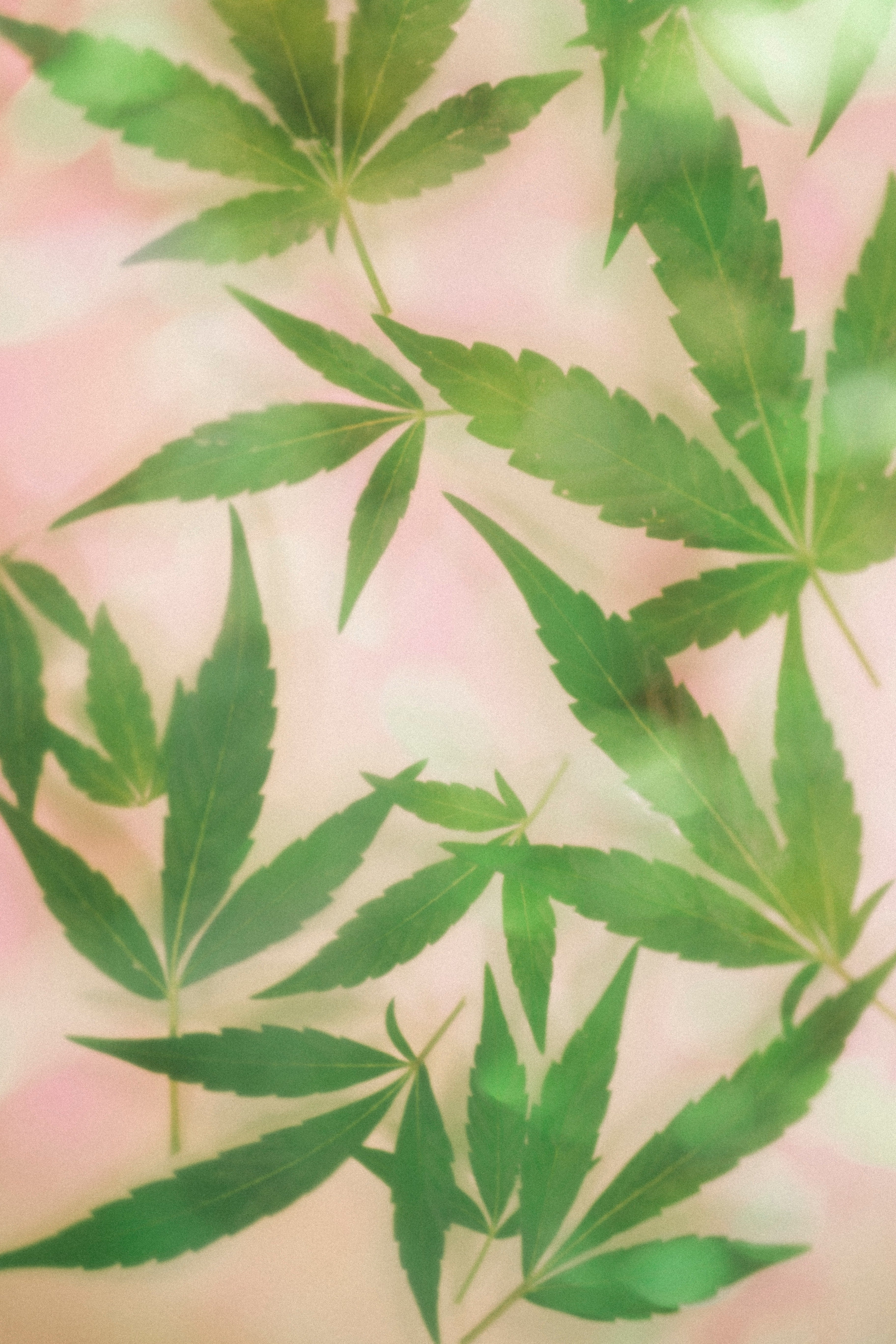Okay, you've got the basics on THC, the most dominant psychoactive cannabinoid found in the cannabis plant. And I recently wrote a story all about THC-V, another miracle-working cannabinoid. But have you heard about THC-A and all that it can do?
Fresh, raw, living cannabis contains a variety of cannabinoid acids, one of which is called tetrahydrocannabinolic acid or THC-A. Like all cannabinoid acids, THC-A is non-psychoactive. That being said, THC-A is a precursor to its psychoactive cousin THC. In fact, as the plant dries, THC-A slowly gets converted to THC and, from there it becomes high-inducing.
How all that happens comes down to a process called decarboxylation.
Like all science stuff, decarboxylation really has to do with molecular shape. (And that's where we venture down memory lane to your AP chemistry class.) As a cannabinoid acid, THC-A has an extra carboxyl group called COOH, which it loses when exposed to the high temperatures of smoking and vaporizing. Heat takes away its carboxyl group, which is to say, it decarboxylates it. And since molecular shape dictates function, this molecular change affects its functional properties, thereby turning it into a psychoactive cannabinoid.
There isn’t enough research on THC-A just yet to know the extent of its therapeutic properties but preliminary research suggests it has enormous medicinal potential. One study, for instance, showed that THC-A, like most cannabinoids, is a potent anti-inflammatory agent.
Since the term “anti-inflammatory” gets thrown around a lot these days, it’s important to understand its significance. Systemic inflammation is thought to be the genesis of most, if not all, chronic disease—from certain cancers and autoimmune conditions to pain and obesity. Dampening this inflammation is crucial to managing or even reversing these diseases. And THC-A might very well be a good solution.
Another study showed that THC-A inhibits prostate cell proliferation. It may also have neuro-protective properties, with some preclinical research suggesting that it can neutralize oxidative neurotoxin damage. And this could potentially expand treatment options for diseases like Alzheimer’s and Parkinson’s.
Okay, but if THC-A converts to THC when heated, how are we supposed to get it?
Raw cannabis leaves, of course! Juicing raw cannabis leaves and adding them to a smoothie or salad is a pretty great way to get a hefty dose of THC-A without getting high or feeling loopy. I always recommend that my patients with autoimmunity, pain and/or general systemic inflammation incorporate raw cannabis into their routines.
Consuming raw cannabis has been an increasingly hot topic, especially as more states legalize recreational use. If you live in a recreationally-legal state, ask if your local dispensary sells raw leaves or small cannabis plants. Many of them do!
Unfortunately, raw cannabis isn’t easily accessible if you don’t live in a state where recreational use is legal. However, if you live in a state where it’s medically legal—and more than half the states are at this point—and you have your MMJ card, you should look into buying a plant.
And one last thing, you might have wondered why dispensaries list the THC-A content of various strains rather than its THC content. Well, that’s because it’s being sold to you as dried flower, a process that only partially decarboxylates it. All that THC-A will get converted to THC just as soon as you put fire to it.






